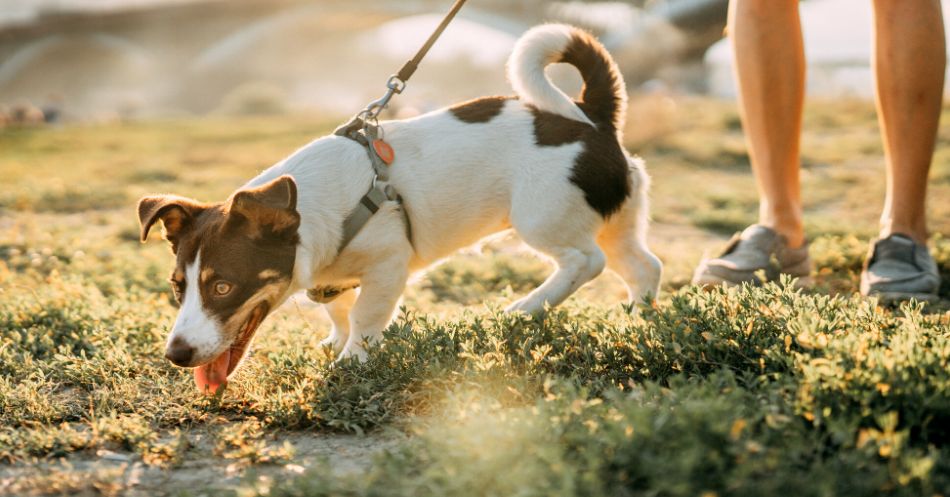
6 Helpful Tips to Manage Your Dog’s Leash Reactivity
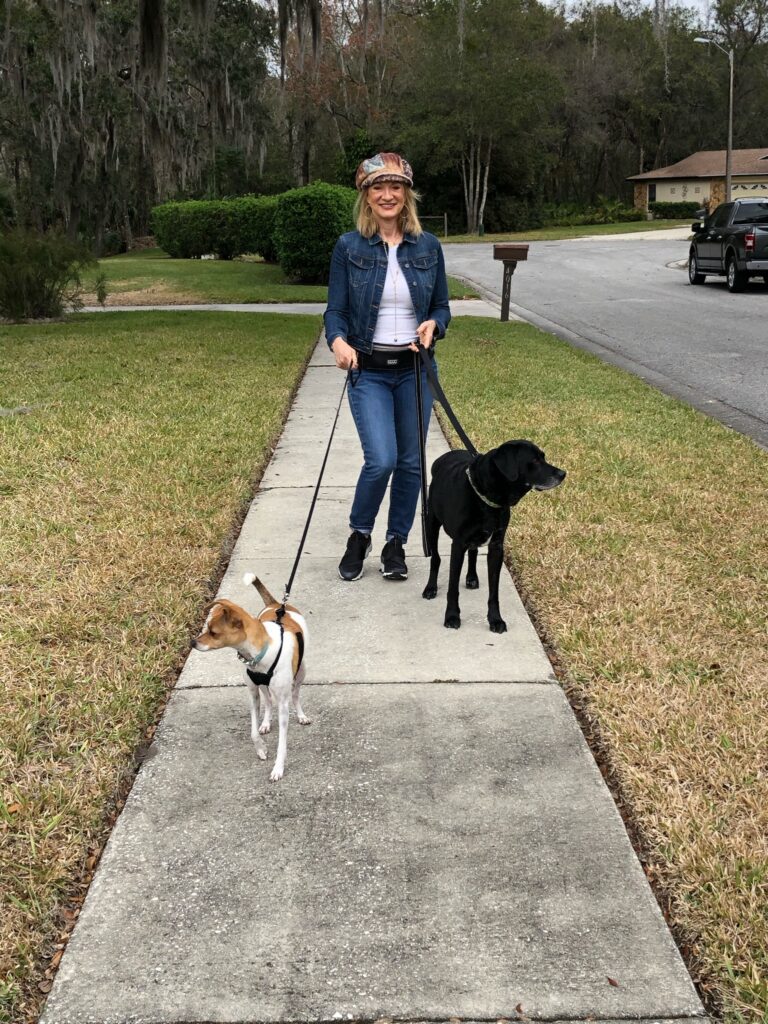
This post may include affiliate links. Please read my disclosure policy.
Leash reactivity is when a dog overreacts to stimuli while on a leash. These dogs can be trained to walk politely. But it takes discipline and an understanding of the reasons behind your dog’s behavior.
What Is Leash Reactivity?
First things first, it’s important to understand what we mean by “leash reactivity”. It can be a frustrating and stressful problem for you and your dog.
Put simply, leash reactivity is when a dog overreacts to stimuli while on a leash. Here are some common behaviors of leash-reactive dogs:
- Biting or playing tug-of-war with the leash
- Refusing to walk on the leash
- Charging, growling, or barking at people, animals, or other dogs
- Running or hiding while on the leash
- Lunging or pulling excessively
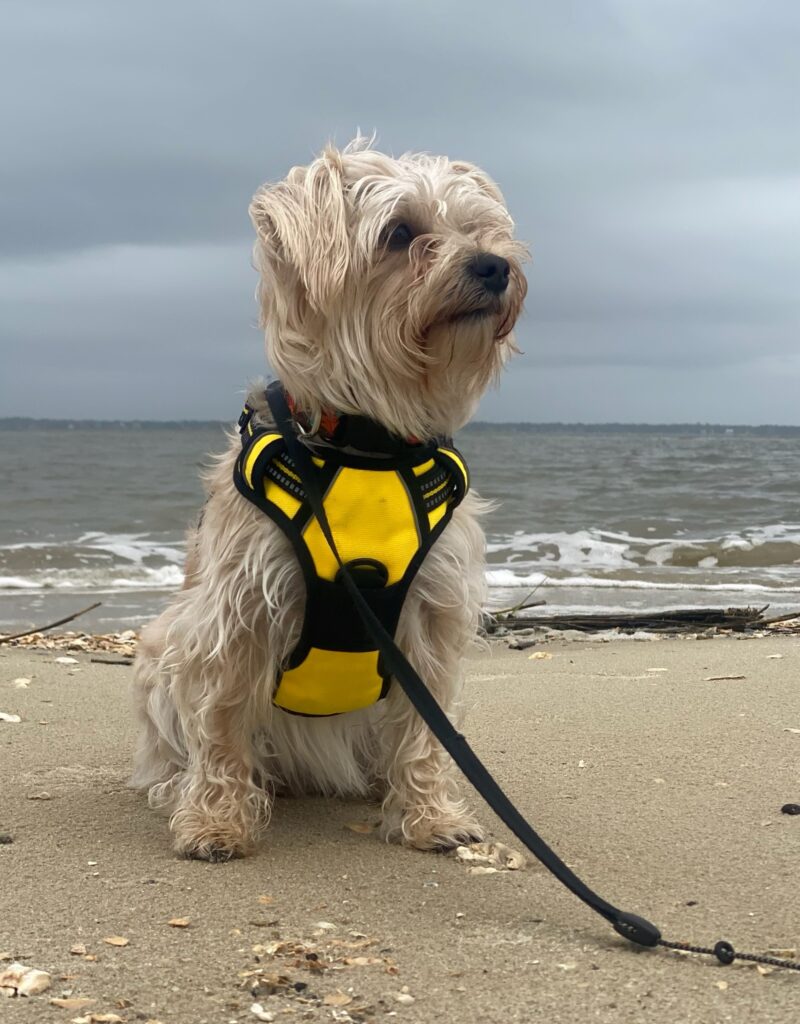
My late dog, Chilly, had leash reactivity when we would go for walks in our neighborhood.
At the first sight of another dog approaching, he’d start pulling hard on the leash and vocalizing by barking and growling. The closer we’d get to the dog, his behavior would escalate to him lunging at the dog with me pulling him back by the leash. Once we’d pass, he’d calm down immediately.
It got to the point where neighbors would literally do a 180 and walk the other way with their dogs when they’d see us coming. It was so embarrassing!
What makes leash reactivity challenging to treat is that each dog is different. What triggers one pup, may not trigger another.
Triggers could be anything: bicycles, cars, people, children, other animals, and even construction sites.
Pam, a dog mom in the Pet Living family, experienced this firsthand with her Yorkie mix, Zuzu.
“Taking walks in the neighborhood is a big deal for her and she can become frightened easily which makes her lash out. There was construction going on in one part of our neighborhood and it took her literally years to work up the courage to walk near there again.”
In Zuzu’s case, her leash reactivity manifested as fear and anxiety. For other dogs, like Chilly, it may look like aggression or hyperactivity, and for some, it translates as just plain non-compliance.
Some dogs really struggle when they’re on a leash, but others seem to have no problems at all. Why is that?
Why Are Some Dogs Leash Reactive?
Dogs aren’t born with a natural desire to take guided walks, tethered to their humans by a leash. They enjoy their freedom and the ability to roam and sniff on their own terms.
But, in most cases, it’s safer for you and your dog if they remain on a leash. We’ll have more on that in a bit in our FAQ section.
With training and time, many dogs have no problem being leashed. In fact, they love it!
Other dogs, not so much. On their walks, they may encounter one or more of their triggers – a new neighbor or a shady-looking squirrel – which causes their senses to be overwhelmed.
Once triggered, the fight or flight response is activated in your dog’s body. They either want to run away from their trigger or attack the problem head-on.
However, there’s a leash that restricts their movements, making them feel caged. For your dog, this combination of events can send them over the edge, and make them more reactive.
Pin me!
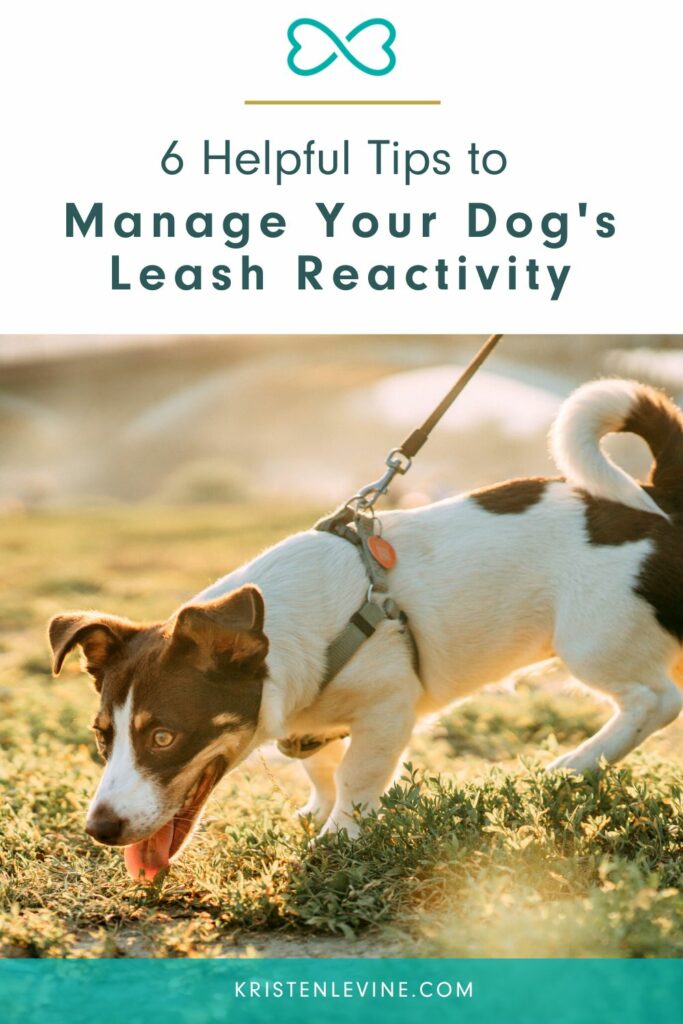
6 Helpful Tips to Manage Your Dog’s Leash Reactivity
Get to know your dog’s triggers.
The better you know your dog’s triggers, the better you’ll be able to manage their leash reactivity.
How does your dog respond when strangers or other dogs approach them on a leash? Do they cower and shrink back? Or do they lunge, pull, and act over-excited trying to reach the other dog?
If your dog is reactive to multiple things, what does their behavior look like when they encounter them all at once? Will they try and run away, or do they become aggressive?
Bottom line: Each dog responds differently. The more in tune you are with your best friend, the better you’ll be able to help them.
Don’t wait for your dog to react – plan ahead.
How close can your pup be to their trigger before they react? Knowing this distance, or “buffer zone”, can give you enough time to redirect your dog’s attention toward you and away from their trigger.
Also, get familiar with the routes you and your dog will take on your walks. As you do, you can anticipate what you may encounter and how your dog will respond.
Manage your dog’s environment.
This may be the most difficult part of helping your dog’s leash reactivity. Even with the best preparation, it’s impossible to have complete control over your pup’s environment when they’re out for a walk.
Some pet parents choose to go on walks at times when there is less traffic, fewer people, and fewer dogs. Others take shorter walks and make sure their pets get most of their exercise from other activities like a game of fetch in the backyard, tug of war, or agility games.
Choose the right gear for your pup.
Safety first should be the guiding principle here. Unfortunately, some leash-reactive dogs have tried to nip others or their owners out of fear.
Having the proper gear for your dog can prevent accidents like these.
Some people love gentle leaders like this one. This gentle leader is a headcollar that teaches better leash manners.
It redirects your dog’s tendency to pull while allowing you to maintain safe control if your dog tends to lunge and jump.
Choosing the right leash makes a difference too! Retractable leashes can be convenient, but they’re a dangerous option for leash-reactive dogs because they give you very little control when your dog becomes reactive.
In general, a fixed-length, long leash will work better until your dog becomes more reliable. Just remember that as you walk your dog, you can unknowingly communicate your own stress via the leash.
So stay calm, be confident, and keep the leash loose to minimize your pup’s anxiety.
Get help from a professional trainer.
We worked with a dog trainer to help my dog Chilly manage his leash reactivity. This was the best decision we made!
A professional trainer can give expert help to manage your dog’s leash reactivity. They’re intimately familiar with dog behavior and can help you implement training techniques effectively.
A trainer will help you learn how to change your dog’s perception of their individual triggers so that, instead of feeling threatened, they’ll feel confident and at ease.
You can even find helpful resources online, like this online course about reactive dogs from Dog Nerds.
The next helpful tip is a priceless gem that I learned from our dog trainer.
Reward. Reward. Reward.
One of Chilly’s stressors was other dogs on leashes. Our trainer taught us to associate his trigger with rewards!
I’d carry yummy high-value rewards with me. As soon as I saw another dog approaching on leash with its owner, I’d wait until Chilly saw them, and immediately say, “Yay, look at that nice puppy!” Then I’d give him a treat.
The key word here is “immediately”. I didn’t wait for Chilly to get amped up and reactive. As the other dog would approach, I’d continue to distract him with the treats until the other dog passed us.
This particular training technique takes a lot of work and consistency. But it will definitely improve, and possibly solve your dog’s problem.
FAQs
With training and behavior modification leash reactivity can be significantly reduced and often cured! But it will take time and diligent work. Some issues run deep. Past traumas, poor socialization as a puppy, and even genetics can fuel reactivity in some dogs.
Thankfully, consistent training and patient perseverance can help any dog. Remember, your leash-reactive pup isn’t a bad dog, they’re just having a hard time.
This can be a hotly debated topic in the pet parent world. There are pros and cons of walking on and off-leash. And, depending on where you live, it may even be the law to walk your dog on a leash.
Walking your dog on a leash has many benefits: It can teach them discipline, it can prevent them from roaming, and it helps you maintain control when they become reactive.
And once your dog overcomes their leash reactivity, walking them on a leash is a lot of fun!
However, if you choose to go off-leash, stay alert to your surroundings and your dog’s triggers to keep them and others safe. Some dogs have proven to be reliable and less reactive when they are taken off-leash on a hike. If that describes your pup, give it a try!
Avoid using or doing anything that will make your dog more fearful. Harshly scolding them, using prong or pinch collars, or even shock collars would do far more harm than good.
We want our fur family to feel safe and happy, not fearful. Using techniques like the ones we just mentioned would only create more stressors for your poor dog.
The Final Woof
Trying to manage your dog’s leash reactivity is no small feat! But with consistency, perseverance, and expert advice, you can gradually help your dog view their triggers as opportunities for rewards.
Walking your dog doesn’t have to be stressful or embarrassing. In time, you and your best fur friend can overcome this hurdle and enjoy your walks.






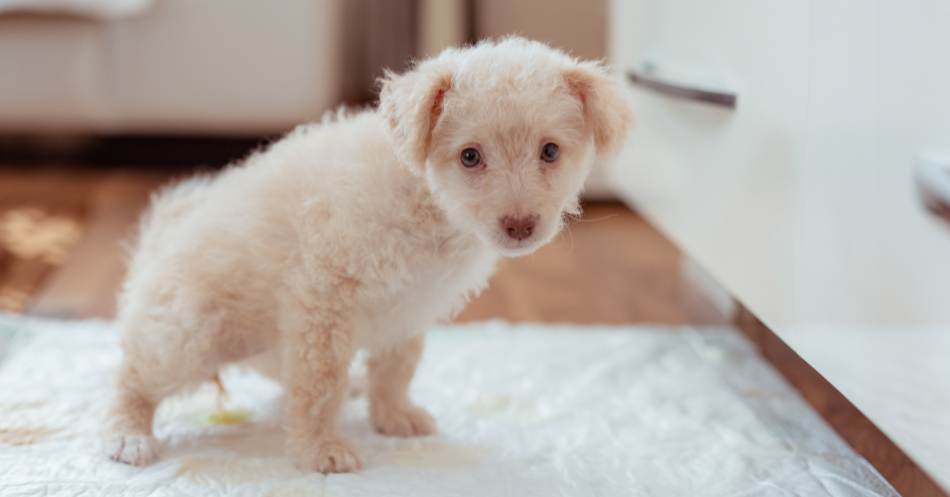


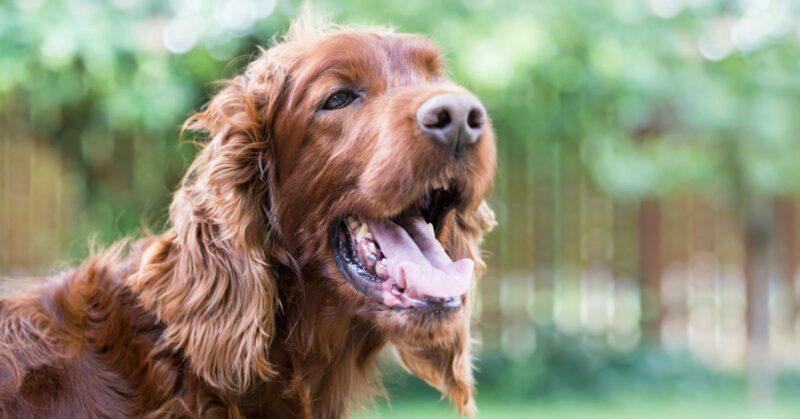
Comments (0)